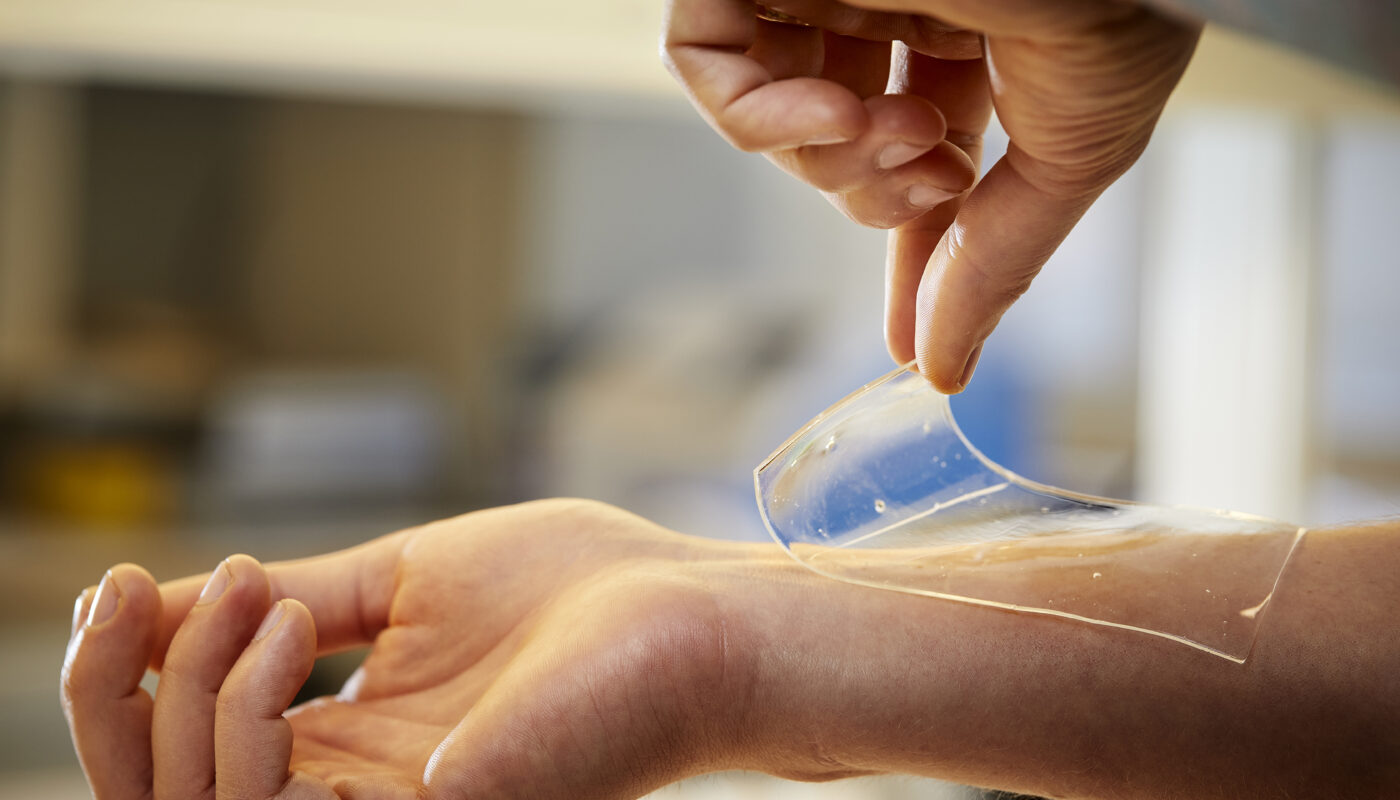Biofilms are communities of microorganisms such as bacteria, fungi or yeast adhered to each other on a surface. In chronic wounds, biofilms are able to form on the wound bed and prolong healing. The microbes within biofilms produce a protective extracellular matrix that makes them highly resistant to antimicrobial treatments and the host immune response. This allows chronic infections to persist in the wound. Conventional treatments often fail against biofilm-related wound infections, leading to the commonly resistant and recurrence nature of many chronic wounds.
Challenges of Treating Biofilm-Related Wound Infections
Traditional wound dressings and topical antibiotics are not effective against biofilms due to their location within the protective extracellular polymeric substance matrix. Microbes in biofilms have a reduced metabolic rate and different gene expression compared to their planktonic free-floating counterparts. This makes them much less susceptible to drugs that target actively growing or metabolizing bacteria. Even powerful systemic antibiotics may fail to penetrate the biofilm and reach the embedded microorganisms. Repeated antibiotic treatments can also promote resistance. The biofilm structure also provides physical protection from the immune response and actions of wound debridement therapies. This allows chronic infections to persist.
New Generation of Anti-Biofilm Wound Dressings
A new generation of wound dressings has been developed to specifically target and eliminate biofilms in chronic wounds. These “ Anti-Biofilm ” dressings have properties designed to disrupt the biofilm and re-sensitize embedded microbes to antimicrobial therapies. Some work by incorporating naturally occurring compounds that can breakdown the extracellular polymeric substance matrix protecting the biofilm. Others utilize oxidative therapies generating reactive oxygen species directly toxic to biofilm microbes. A few employ slow-release technologies to maintain high local concentrations of antibiotics or antiseptics at the wound site. Combined with debridement, they aim to eradicate biofilm reservoirs perpetuating infection.
Effects of Anti-Biofilm Dressings on Chronic Wound Healing
Several clinical studies have demonstrated the benefits of Anti-Biofilm dressings for chronic wound treatment. Compared to standard dressings, they have been shown to significantly reduce bacterial load, prevalence of biofilms, and prevalence of key chronic wound pathogens within 4 weeks. This disruption and removal of biofilms helps re-establish a locally healthy wound environment. Without the protection of biofilms, microbial populations become susceptible again to antimicrobial therapies. Studies have also found treatment with anti-biofilm dressings was able to reduce wound size more effectively than standard care, with substantial decreases in 4-8 weeks. Faster wound closure times and higher healing rates validate their role in resolving chronic, stalled wounds by combating biofilm-related infection.
Addressing Drug Resistance with Anti-Biofilm Strategies
An ongoing challenge in chronic wound care is the emergence of drug-resistant bacteria. Repeated or long-term antibiotic use can select for resistant strains that further complicate wound infections. Anti-biofilm technologies offer promise as an alternative or complementary approach to traditional drugs. Unlike antibiotics, anti-biofilm mechanisms mainly target the extracellular polymeric substance matrix rather than cellular functions. This makes resistance less likely to develop. They also act in combination with host defenses and other antimicrobial therapies once biofilms are disrupted. Using anti-biofilm techniques may allow lower, less frequent antibiotic doses than otherwise needed and delay the onset of resistance. Their importance is growing as multi-drug resistant organisms proliferate in chronic wounds and new antibiotic development lags.
Future Directions of Anti-Biofilm Wound Care
Research continues to improve anti-biofilm wound therapies. Future formulations may combine different anti-biofilm compounds targeting matrix and embedded microbes synergistically. Experimental dressings are testing release of natural antimicrobials, antibiofilm enzymes, quorum sensing inhibitors, nanomaterials, and bacteriophages against biofilms. Tissue-engineered skin substitutes and hydrogels are exploring ways to prevent new biofilm formation during wound healing. Studies evaluate combining anti-biofilm dressings with advanced wound therapies like negative pressure wound therapy. Personalized treatment based on wound and pathogen biofilm characteristics may further optimize outcomes. With better understanding of biofilm biology, new anti-biofilm modalities hold promise to revolutionize chronic wound care by eliminating a major barrier to healing.
Note:
1. Source: Coherent Market Insights, Public sources, Desk research.
2. We have leveraged AI tools to mine information and compile it.



